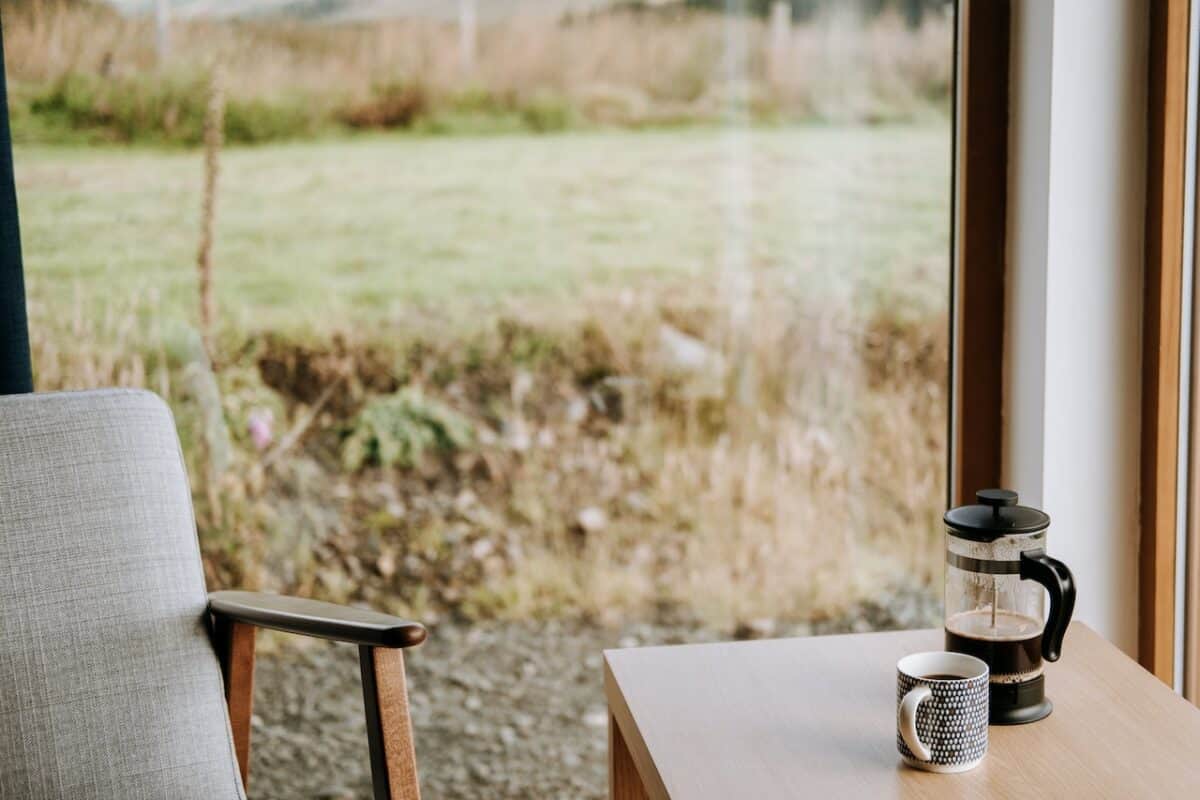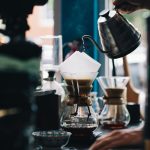Have you ever gotten stuck between choosing an espresso vs French press (Cafetière)? I’ve got you covered! Let’s examine these two coffee brewing methods and explore their unique taste profiles and advantages and disadvantages. So, if you want to try something new, I’ll help you make the best decision.
Contents
Espresso vs French Press General Overview
You need to learn the differences and similarities between an espresso and a Cafetière. If you know how each brewing method works, you will determine which style suits your needs when making yourself a cup of coffee. This overview gives you helpful information regarding the two methods of brewing coffee.

Espresso
An espresso is a coffee beverage made by forcing a small amount of nearly boiling water through fine grounds. You get a beverage with a strong, full-bodied coffee with a rich, robust flavor. You can use espresso as a base for many other coffee drinks, including:
- Lattes
- Cappuccinos
- Macchiatos
- Americanos
To prepare an espresso, you need an espresso machine. A traditional espresso machine has a group head, which houses the portafilter and fits into the group head. The portafilter holds the ground coffee, which you fit into the group head. The machine then forces hot water through the portafilter under pressure, producing a concentrated shot of espresso.
Serve your espresso shot in a classic espresso cup – a small, 4-ounce cup designed specifically for espresso. It is important to use this type of cup because it allows your espresso to retain its crema.
French Press
The French Press method of coffee brewing is a full immersion method that produces a full-bodied cup of coffee. The Cafetière is a simple device consisting of a cylindrical carafe, a metal or mesh filter, and a plunger. To use a Cafetière, place coarsely ground coffee in the carafe, add hot water while stirring, and gently press down the plunger.
The metal or mesh filter will separate the coffee grounds from the brewed coffee. Your end cup will be rich in flavor and gentle in acidity.
If you enjoy a rich and robust cup of joe, the Cafetière is perfect for you. You can craft your own ideal cup of coffee by adjusting the strength to your preference. All you require is a simple adjustment of the ratio of coffee to water.
Comparing an Espresso vs French Press
If you love coffee, you know the struggle to make the perfect cup. That great flavor can seem so elusive! If you’re looking for a delicious cup of joe, the modern espresso and the classic Cafetière are two popular brewing methods.
Both offer unique benefits and drawbacks, making them ideal for different coffee drinkers.
Similarities
The Espresso and Cafetière methods involve using hot water to steep ground coffee beans and produce a strong, flavorful cup of coffee. Though the two methods differ, they share several similar steps in the coffee brewing process.
Serve Capacity
You can use both methods to brew coffee for one person at a time instead of the drip or percolating coffee-making methods. This contrasts with other methods, such as drip or percolating coffee-making methods, which typically produce multiple servings of coffee at once.
This capability makes the two methods ideal for those who prefer to make their own coffee without making a large batch.

Brewing Method
The two methods also share some similarities in the way you brew coffee. The Cafetière method is an immersion process. Place the grounds in the bottom of the pot and add hot water over them.
The espresso method also involves immersion, though instead of using a mesh filter, it uses the pressure created by forcing water through finely-ground coffee beans under high pressure.
Coffee Grind Size
In both methods, you will require a slightly coarse coffee grind. This means you grind your coffee beans to a size larger than you use for drip coffee. This type of grind is ideal because it allows the coffee to be extracted slowly as the hot water passes through the grounds.
The coarse grind size also helps prevent the coffee from being over-extracted, making the coffee taste bitter.
Major Distinguishing Factor
The main difference between the Cafetière and espresso techniques is how long you allow contact between the grounds and water. The longer you leave the grounds in contact with water, the stronger your cup will be.
Espresso machines heat water to a very high temperature and then force it through very finely ground coffee beans at high pressure. A Cafetière uses a plunger to push down on the grounds. This means the Cafetière is slower than espresso because it takes longer for all the grounds to be pushed out of the filter.
You will notice that espresso has a more distinct flavor than Cafetière coffee. Its intensity is often more pronounced, espresso has a deeper bitterness and less sweetness. In comparison, Cafetière coffee provides a milder, sweeter taste.
When to Use Espresso?
The espresso technique makes delicious single-serve drinks like cappuccinos and lattes. You’ll get more caffeine per volume of beverage with an espresso shot than with most other types of coffee because it uses finely ground beans ground to very fine particles.
These grounds release their oils quickly when exposed to heat. This makes espresso ideal for single servings.
Espresso is also great for making a cold and creamy iced coffee drink. This is because espresso produces a concentrated, highly caffeinated beverage with a thick, creamy texture that is perfect for these recipes.
When to Use French Press?
A Cafetière is ideal for a cost-effective way to make several cups of coffee at once. For example, when you need enough coffee for everyone in your household or office. Although you’ll take a little more time than the espresso method, it’s worth it if you serve a crowd.
The Cafetière is also appropriate when you want to control the strength of your brew because it allows you to choose how long to steep the grounds.
Which Coffee Is Better?
The best brewing method depends on your preference and what coffee experience you seek. Espresso will give you a strong, concentrated shot of coffee that you can take black or with milk. However, operating and maintaining an espresso machine can be more challenging than a Cafetière.
You will find the Cafetière simpler and easier to use and will be rewarded with a wonderfully full-bodied and flavorful cup of joe. You will also discover that the Cafetière is the best choice for camping or traveling abroad where electricity isn’t always available.

Related Questions
Can I Use a Cafetière for Espresso?
A Cafetière is not suitable for making espresso. The Cafetière is designed to steep coffee grounds in hot water, while espresso requires fine grounds, high pressure, and high temperature.
Can I Brew a Cappuccino Using a French Press?
You can make a tasty cappuccino or latte with a French Press – even though it won’t match the quality of a cappuccino made with a good quality espresso machine. If you want to make foamy coffee fast, a Cafetière would be your ideal choice.
What Are the Disadvantages of the French Press?
Using a French press can be a hassle, requiring additional equipment to boil water. Compared to the espresso method, it can be less safe. A lack of experience or attention to detail can result in an overly-extracted cup of coffee with an unpleasant dishwater-like taste.
Final Verdict
Both espresso and French press methods can produce delicious cups of coffee. Espresso is a great choice for a quick and powerful caffeine jolt, while Cafetière offers a more relaxed and customizable experience. Your chosen method will ultimately depend on your preference and the situation.



